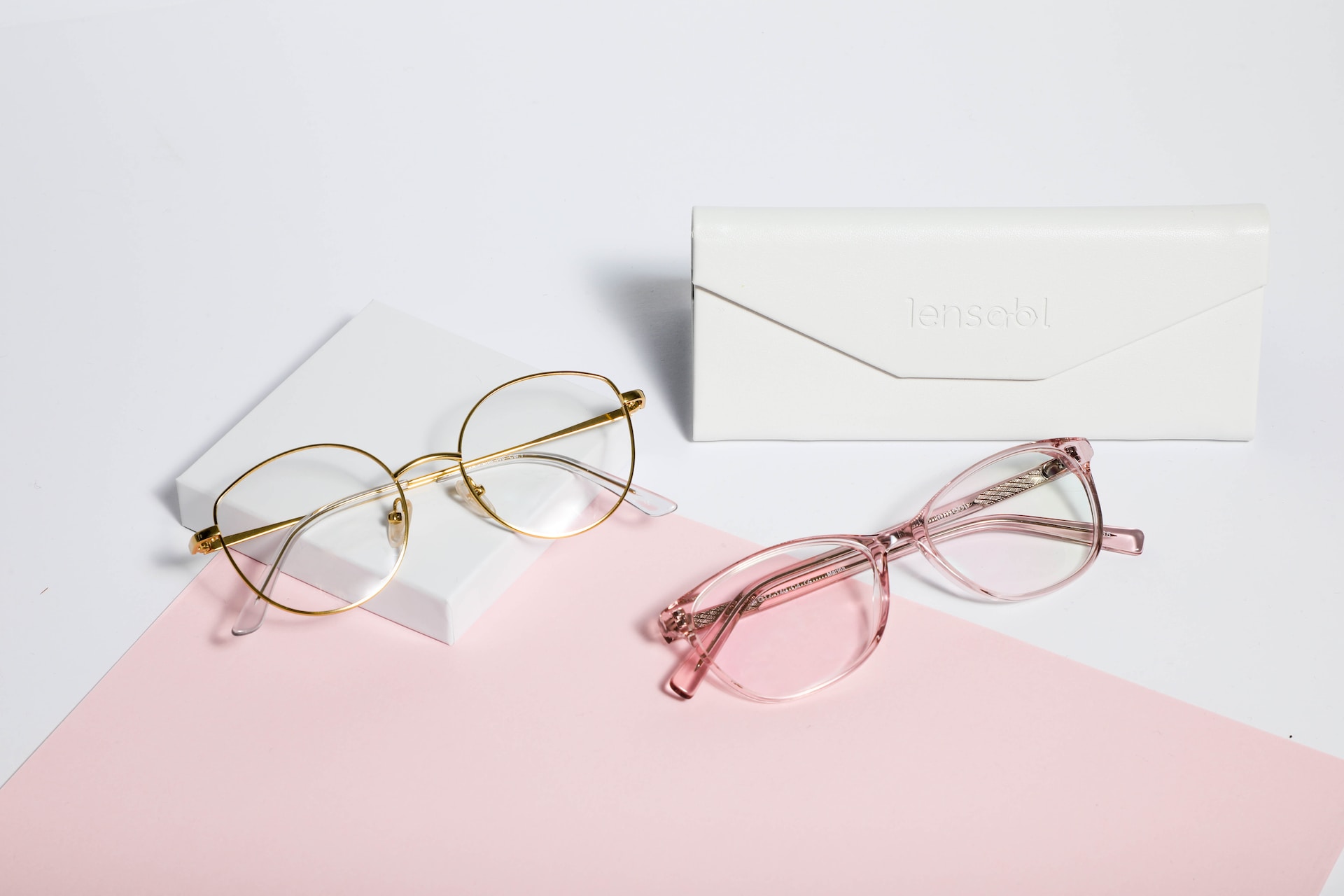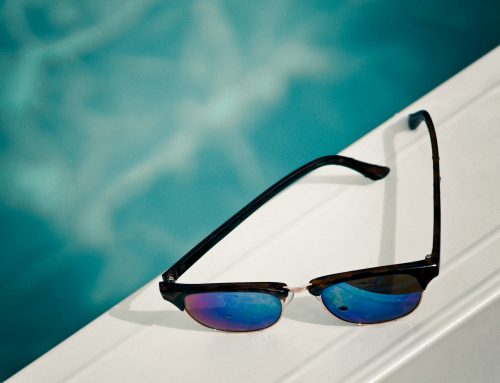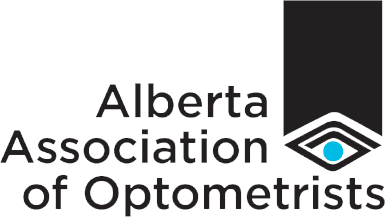Finding the perfect eyewear can be an overwhelming process, with seemingly endless options and factors to consider. Whether you are looking for prescription glasses, sunglasses, or specialty lenses, the right eyewear is essential for both vision correction and style enhancement in your day-to-day life.
Optiko, Calgary’s leading optical care provider, understands the importance of finding eyewear that not only meets your vision needs but also reflects your personal taste and suits your lifestyle. To make the process seamless and enjoyable, we have created a comprehensive guide designed to help you find the perfect eyewear.
In this blog post, we will explore various aspects of eyewear selection, such as understanding your prescription, selecting the right frame material and shape, choosing the appropriate lenses for your specific needs, and incorporating current trends to elevate your style. By providing our expert insights and guidance, we aim to make the eyewear selection process not only informative but also enjoyable as you discover the myriad of possibilities at your fingertips.
Your eyewear should be a reflection of your personality, lifestyle, as well as be a tool for optimal vision. At Optiko, we recognize this and make it our mission to ensure that you find exactly what you’re looking for. We invite you to delve into our in-depth guide and learn the essential steps and key factors to consider when choosing your next pair of glasses or sunglasses. With the right information and support, you can confidently make informed decisions and discover the eyewear solution that is perfect for you.
Understanding Your Prescription
Your eyewear journey begins with a thorough understanding of your prescription. An accurate and up-to-date prescription from an optometrist is crucial for ensuring your eyewear will provide the necessary vision correction. Here are the key components of a typical prescription you should be familiar with:
- Sphere (SPH): This measurement, in diopters, indicates the degree of lens power required to correct nearsightedness or farsightedness. A negative (-) value represents nearsightedness, while a positive (+) value indicates farsightedness.
- Cylinder (CYL) and Axis: These measurements are pertinent if you have astigmatism. The CYL value specifies the lens power needed to correct astigmatism, while the Axis refers to the angle in which the correction is to be applied.
- Pupillary Distance (PD): PD is the distance between your pupils, measured in millimeters. It’s essential for aligning your prescription lenses properly with your eyes, ensuring optimal vision correction.
Once you have a clear understanding of your prescription, you can move forward with selecting frames and lenses for your eyewear.
Choosing the Right Frame Material and Shape
When it comes time to choose your eyewear frames, it’s essential to select materials and shapes that not only suit your style, but also provide the needed comfort, durability, and functionality. Here’s a rundown of some common frame materials and their benefits:
- Metal frames: Metal frames, such as titanium and stainless steel, offer durability, corrosion resistance, and a sleek appearance. They are lightweight and hypoallergenic, making them a popular choice for people with sensitive skin.
- Plastic frames: Plastic frames, such as acetate and TR-90, are renowned for their comfort, lightweight nature, and versatility in terms of color and design options.
- Wood and eco-friendly frames: Wood frames provide a unique and natural aesthetic, while eco-friendly alternatives made from sustainable materials are gaining popularity among environmentally conscious consumers.
As for frame shapes, consider your face shape and features when selecting your eyewear. Some general guidelines include:
- Round face: Opt for angular frames, such as rectangular or square shapes, to add contrast and balance your facial features.
- Square face: Round or oval frames will soften your angular features, creating a more harmonious appearance.
- Heart-shaped face: Choose frames with a wider bottom, like aviators or round frames, to add balance to your face’s proportions.
- Oval face: With balanced proportions, you have the freedom to explore a wide range of frame shapes. Just be mindful of choosing frames that are too large or too small for your features.
Ultimately, it’s essential to try on various frames to determine what best suits your unique face shape and personal style.
Selecting the Appropriate Lenses
In addition to your frames, selecting the right lenses for your needs is critical for optimal vision correction and comfort. Here are some lens types and features you may want to consider:
- Lens material: Common lens materials include polycarbonate, Trivex, and high-index plastic. Each of these materials offers various benefits, such as impact resistance, lightweight comfort, and thin profiles.
- Lens coatings: Various coatings can enhance your eyewear’s functionality and protection. Anti-reflective, scratch-resistant, and UV-blocking coatings are popular options that provide additional benefits to meet your specific needs.
- Specialty lenses: Based on your lifestyle and individual requirements, you may want to explore specialty lenses such as progressive lenses, photochromic lenses, or blue light filtering lenses. Consult with your optometrist and eyewear provider to determine which specialty lenses are ideal for you.
Incorporating Current Trends and Personal Style
Your eyewear is a reflection of your style and individuality. As you navigate through the vast array of options, consider current eyewear trends and elements that resonate with your personal taste.
- Colour: Explore various frame colours that complement your skin tone, hair colour, and wardrobe preferences. Classic options like black, tortoiseshell, and metallic tones offer timeless appeal, while bold colours and patterns can make a strong style statement.
- Frame silhouette: Keep an eye on current trends in eyewear shapes and silhouettes, from modern geometric designs to retro-inspired aviators or cat-eye frames.
- Mixing and matching: Don’t be afraid to have multiple pairs of eyewear for various occasions or outfits. By building an eyewear collection, you offer yourself the flexibility and opportunity to express yourself through different styles, colours, and trends.
Conclusion:
Armed with this comprehensive guide, you’re well on your way to finding the perfect eyewear to suit your needs, preferences, and unique style. By understanding your prescription, selecting the ideal frames and lenses, and incorporating current trends with your tastes, you’ll have the confidence to make informed decisions in your eyewear journey.
And with the support of our eye doctor in Calgary here at Optiko, you can rest assured that achieving optimal vision and style is within reach. Happy eyewear shopping!








